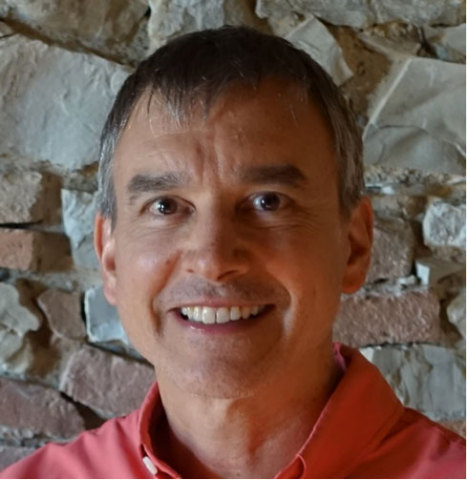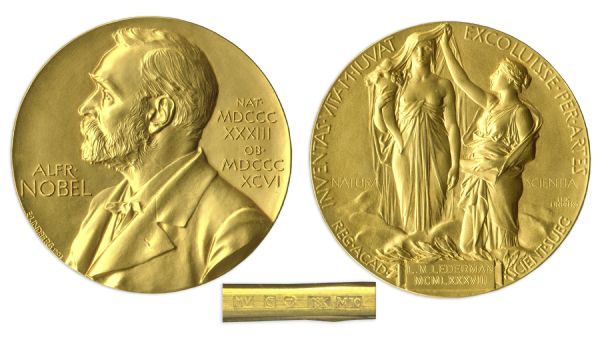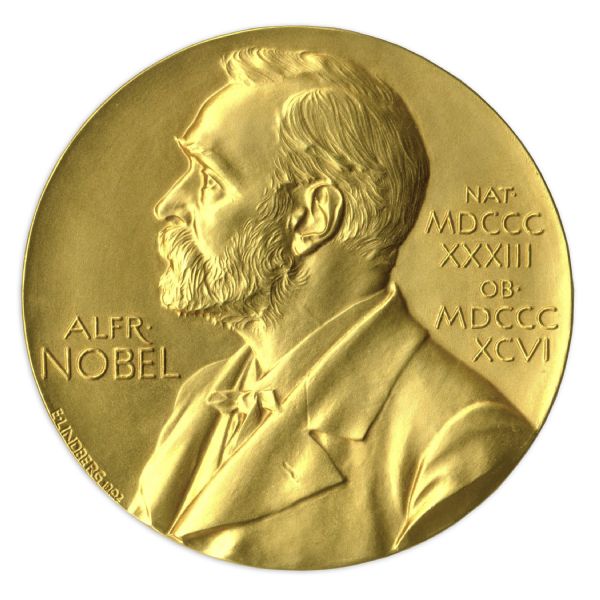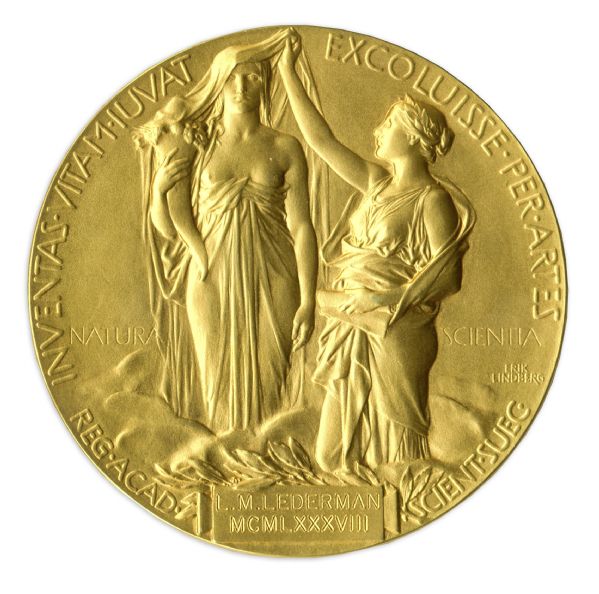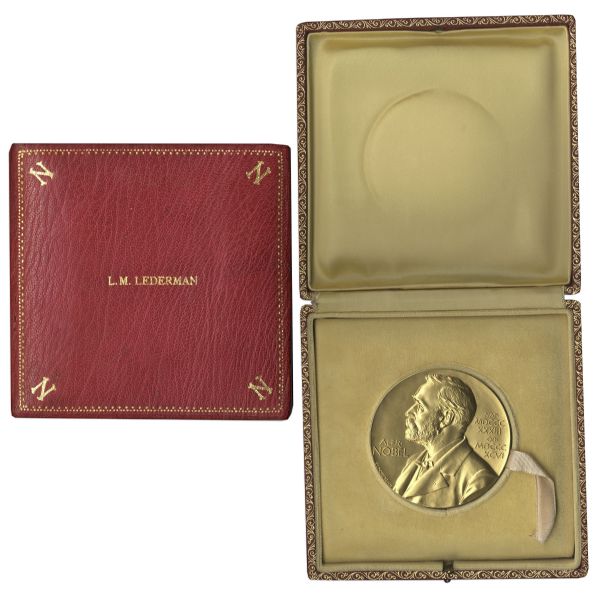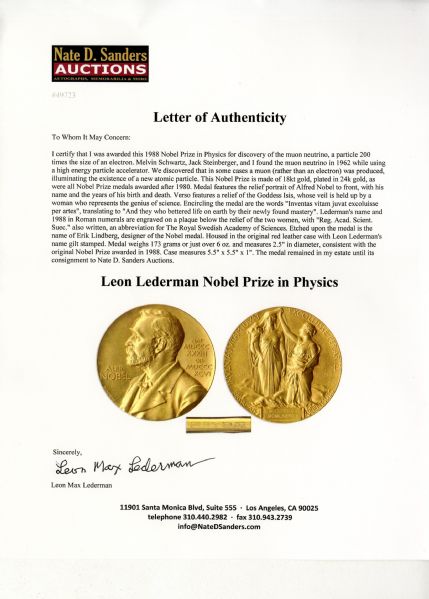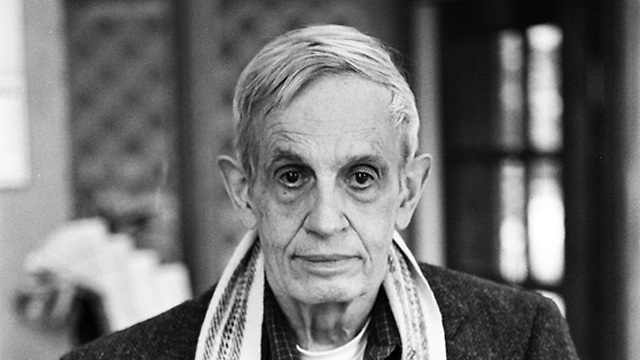Designing illegal markets (and shutting them down) is the story of the day, with stories about the late Silk Road, and it's successors.
The WSJ has the story on the life sentence of Dread Pirate Roberts:
Silk Road Founder Ross Ulbricht Sentenced to Life in Prison
Ulbricht was convicted of running underground online drug bazaar
"The sentence handed down by U.S. District Judge Katherine Forrest followed an emotional three-hour hearing. Judge Forrest said she spent more than 100 hours grappling with the appropriate sentence, calling the decision “very, very difficult.”
But ultimately, she gave Mr. Ulbricht the harshest sentence allowed under the law, saying Silk Road was “an assault on the public health of our communities” by making it easy for people around the world to buy illegal drugs."
...
"Prosecutors have described Silk Road as a criminal marketplace of unprecedented scope and sophistication. The site, which operated for two years, facilitated millions of dollars in transactions between buyers and sellers, who hawked illegal goods ranging from cocaine to fake driver’s licenses. At the heart of the criminal conspiracy, prosecutors say, was Mr. Ulbricht, who allegedly ran the site using the pseudonym Dread Pirate Roberts.
...
"In many ways, the Silk Road case was the first of its kind. The site operated on a hidden part of the Internet called the Tor network, and its only accepted form of payment was bitcoin, a digital currency whose movements are difficult to trace. The anonymity of the site’s transactions posed new challenges for law enforcement and forced them to depart from investigative techniques that would have been used in a traditional street drug case.
"Mr. Ulbricht is also not the typical drug kingpin. He was an Eagle Scout and grew up with a close-knit family in Austin, Texas, according to his lawyer. Mr. Ulbricht studied physics at the University of Texas in Dallas on a full scholarship and completed a master’s degree in material sciences at Pennsylvania State University."
*********
For some background, here's a long excerpt from an essay by Henry Farrell on the Silk Road and Dread Pirate Roberts
"The Silk Road might have started as a libertarian experiment, but it was doomed to end as a fiefdom run by pirate kings"
...
"This hidden internet is a product of debates among technology-obsessed libertarians in the 1990s. These radicals hoped to combine cryptography and the internet into a universal solvent that would corrupt the bonds of government tyranny. New currencies, based on recent cryptographic advances, would undermine traditional fiat money, seizing the cash nexus from the grasp of the state. ‘Mix networks’, where everyone’s identity was hidden by multiple layers of encryption, would allow people to talk and engage in economic exchange without the government being able to see.
Plans for cryptographic currencies led to the invention of Bitcoin, while mix networks culminated in Tor. The two technologies manifest different aspects of a common dream – the utopian aspiration to a world where one could talk and do business without worrying about state intervention – and indeed they grew up together. For a long time, the easiest way to spend Bitcoin was at Tor’s archipelago of obfuscated websites.
Like the pirate republics of the 18th century, this virtual underworld mingles liberty and vice. Law enforcement and copyright-protection groups such as the Digital Citizens’ Alliance in Washington, DC, prefer to emphasise the most sordid aspects of Tor’s hidden services – the sellers of drugs, weapons and child pornography. And yet the effort to create a hidden internet was driven by ideology as much as avarice. The network is used by dissidents as well as dope-peddlers. If you live under an authoritarian regime, Tor provides you with a ready-made technology for evading government controls on the internet. Even some of the seedier services trade on a certain idealism. Many libertarians believe that people should be able to buy and sell drugs without government interference, and hoped to build marketplaces to do just that, without violence and gang warfare.
...
"Would-be criminals on the hidden internet repeatedly complain that they have been ripped off. In the description of one commenter on the Hidden Wiki:
I have been scammed more than twice now by assholes who say they’re legit when I say I want to purchase stolen credit cards. I want to do tons of business but I DO NOT want to be scammed. I wish there were people who were honest crooks. If anyone could help me out that would be awesome! I just want to buy one at first so I know the seller is legit and honest.
This creates a market niche for intermediaries, who can become entrepreneurs of trust, supporting relationships between buyers and sellers who otherwise would not trust each other. Again, the Sicilian Mafia provides a precedent. Gambetta finds that they began as brokers of trust between buyers and sellers in a rural society without effective laws. The Mafia made money by guaranteeing transactions, threatening cheaters, and sometimes cultivating a general atmosphere of paranoia in order to ensure demand for their services. In other words, it built an informal order of its own, inimical to conventional laws, that gradually began to supplant the traditional state.
When Ulbricht began to grow hallucinogenic mushrooms and sell them on the internet in 2010, he didn’t see himself either as a Mafioso or a state builder. Instead, it appears that he was driven by enthusiasm for the libertarian thinker Murray Rothbard. On his LinkedIn profile, Ulbricht declared his intention to use ‘economic theory as a means to abolish the use of coercion and aggression amongst mankind’, and to build an ‘economic simulation’ that would let people see what it was like to live in a world without the ‘systemic use of force’. At the same time, he didn’t mind turning a profit from his activism – his diary entries show that he was pleased to make money from his first crop of mushrooms, and disappointed that he cashed out his first profits before the price of Bitcoin peaked.
...
"Seller pseudonyms provided a rough equivalent to a commercial brand. As the Stanford economist David Kreps has noted, a secured brand name with a reputation for honest dealing is an asset, and the desire to preserve its value can provide the incentive for future honesty. Not that the value is dependent on the actual owner of the name: a trademark can be sold or passed from one individual to another without losing its power. Ulbricht’s own pseudonym suggests that he had given this some thought: the original Dread Pirate Roberts appears in William Goldman’s comic fantasy novel The Princess Bride (1973), where it is a composite identity, passed from pirate captain to pirate captain as a kind of guarantee of fearsomeness.
...
"Yet market competition was no guarantee of honesty. Sometimes traders wanted to build up a reputation for honest dealing so that they could take the money and run. Several scammers gamed the system by establishing themselves as apparently reliable drug dealers, making a large number of near-simultaneous sales, demanding that customers finalise the payment before they got the goods and then disappearing with the money. Since the scammers used pseudonyms and Tor just like everyone else, outraged customers could do little except issue grandiose threats in the discussion forum.
They were vulnerable to more profound betrayals, too. Customers had to give mailing addresses to dealers if they wanted their drugs delivered. Under Silk Road’s rules, dealers were supposed to delete this information as soon as the transaction was finished. However, it was impossible for Ulbricht to enforce this rule unless (as happened once) a dealer admitted that he had kept the names and addresses. It’s likely that Silk Road dealers systematically broke these rules. At least one former Silk Road dealer, Michael Duch, who testified at Ulbricht’s trial, kept the names and addresses of all his clients in a handy spreadsheet.
"This created an obvious vulnerability – indeed, an existential threat to Ulbricht’s business. If any reasonably successful dealer leaked the contact details for users en masse, customers would flee and the site would collapse. And so, when a Silk Road user with the pseudonym FriendlyChemist threatened to do just that, Ulbricht did not invoke Silk Road’s internal rules or rely on impersonal market forces. Instead, he tried to use the final argument of kings: physical violence. He paid $150,000 to someone whom he believed to be a senior member of the Hells Angels to arrange for the murder of his blackmailer, later paying another $500,000 to have associates of FriendlyChemist murdered too.
It is unclear if anyone was, in fact, killed by anyone else. Indeed, it seems most likely that the whole affair was a scam in which FriendlyChemist and his purported assassin were associates (or possibly the same person). Still, it marked the final stage in an extraordinary transformation. Ulbricht began as an idealist, setting out to build a market free from what he described as the ‘thieving murderous mits’ of the state. He ended up paying muscle to protect the bureaucratic system that he had created."
*********
The Guardian writes about the dark markets that have sprung up to replace Silk Road: Dread Pirate Roberts may have been sentenced to life, but experts and customers say the tide has turned and internet markets for illicit products are here to stay
"James – not his real name – is the editor of DeepDotWeb, a news site which focuses on darknet marketplaces and maintains an up-to-date list of which markets are on or offline. He said the current market was “WAY bigger” than it was in the days of Silk Road.
The WSJ has the story on the life sentence of Dread Pirate Roberts:
Silk Road Founder Ross Ulbricht Sentenced to Life in Prison
Ulbricht was convicted of running underground online drug bazaar
"The sentence handed down by U.S. District Judge Katherine Forrest followed an emotional three-hour hearing. Judge Forrest said she spent more than 100 hours grappling with the appropriate sentence, calling the decision “very, very difficult.”
But ultimately, she gave Mr. Ulbricht the harshest sentence allowed under the law, saying Silk Road was “an assault on the public health of our communities” by making it easy for people around the world to buy illegal drugs."
...
"Prosecutors have described Silk Road as a criminal marketplace of unprecedented scope and sophistication. The site, which operated for two years, facilitated millions of dollars in transactions between buyers and sellers, who hawked illegal goods ranging from cocaine to fake driver’s licenses. At the heart of the criminal conspiracy, prosecutors say, was Mr. Ulbricht, who allegedly ran the site using the pseudonym Dread Pirate Roberts.
...
"In many ways, the Silk Road case was the first of its kind. The site operated on a hidden part of the Internet called the Tor network, and its only accepted form of payment was bitcoin, a digital currency whose movements are difficult to trace. The anonymity of the site’s transactions posed new challenges for law enforcement and forced them to depart from investigative techniques that would have been used in a traditional street drug case.
"Mr. Ulbricht is also not the typical drug kingpin. He was an Eagle Scout and grew up with a close-knit family in Austin, Texas, according to his lawyer. Mr. Ulbricht studied physics at the University of Texas in Dallas on a full scholarship and completed a master’s degree in material sciences at Pennsylvania State University."
*********
For some background, here's a long excerpt from an essay by Henry Farrell on the Silk Road and Dread Pirate Roberts
"The Silk Road might have started as a libertarian experiment, but it was doomed to end as a fiefdom run by pirate kings"
...
"This hidden internet is a product of debates among technology-obsessed libertarians in the 1990s. These radicals hoped to combine cryptography and the internet into a universal solvent that would corrupt the bonds of government tyranny. New currencies, based on recent cryptographic advances, would undermine traditional fiat money, seizing the cash nexus from the grasp of the state. ‘Mix networks’, where everyone’s identity was hidden by multiple layers of encryption, would allow people to talk and engage in economic exchange without the government being able to see.
Plans for cryptographic currencies led to the invention of Bitcoin, while mix networks culminated in Tor. The two technologies manifest different aspects of a common dream – the utopian aspiration to a world where one could talk and do business without worrying about state intervention – and indeed they grew up together. For a long time, the easiest way to spend Bitcoin was at Tor’s archipelago of obfuscated websites.
Like the pirate republics of the 18th century, this virtual underworld mingles liberty and vice. Law enforcement and copyright-protection groups such as the Digital Citizens’ Alliance in Washington, DC, prefer to emphasise the most sordid aspects of Tor’s hidden services – the sellers of drugs, weapons and child pornography. And yet the effort to create a hidden internet was driven by ideology as much as avarice. The network is used by dissidents as well as dope-peddlers. If you live under an authoritarian regime, Tor provides you with a ready-made technology for evading government controls on the internet. Even some of the seedier services trade on a certain idealism. Many libertarians believe that people should be able to buy and sell drugs without government interference, and hoped to build marketplaces to do just that, without violence and gang warfare.
...
"Would-be criminals on the hidden internet repeatedly complain that they have been ripped off. In the description of one commenter on the Hidden Wiki:
I have been scammed more than twice now by assholes who say they’re legit when I say I want to purchase stolen credit cards. I want to do tons of business but I DO NOT want to be scammed. I wish there were people who were honest crooks. If anyone could help me out that would be awesome! I just want to buy one at first so I know the seller is legit and honest.
This creates a market niche for intermediaries, who can become entrepreneurs of trust, supporting relationships between buyers and sellers who otherwise would not trust each other. Again, the Sicilian Mafia provides a precedent. Gambetta finds that they began as brokers of trust between buyers and sellers in a rural society without effective laws. The Mafia made money by guaranteeing transactions, threatening cheaters, and sometimes cultivating a general atmosphere of paranoia in order to ensure demand for their services. In other words, it built an informal order of its own, inimical to conventional laws, that gradually began to supplant the traditional state.
When Ulbricht began to grow hallucinogenic mushrooms and sell them on the internet in 2010, he didn’t see himself either as a Mafioso or a state builder. Instead, it appears that he was driven by enthusiasm for the libertarian thinker Murray Rothbard. On his LinkedIn profile, Ulbricht declared his intention to use ‘economic theory as a means to abolish the use of coercion and aggression amongst mankind’, and to build an ‘economic simulation’ that would let people see what it was like to live in a world without the ‘systemic use of force’. At the same time, he didn’t mind turning a profit from his activism – his diary entries show that he was pleased to make money from his first crop of mushrooms, and disappointed that he cashed out his first profits before the price of Bitcoin peaked.
...
"Seller pseudonyms provided a rough equivalent to a commercial brand. As the Stanford economist David Kreps has noted, a secured brand name with a reputation for honest dealing is an asset, and the desire to preserve its value can provide the incentive for future honesty. Not that the value is dependent on the actual owner of the name: a trademark can be sold or passed from one individual to another without losing its power. Ulbricht’s own pseudonym suggests that he had given this some thought: the original Dread Pirate Roberts appears in William Goldman’s comic fantasy novel The Princess Bride (1973), where it is a composite identity, passed from pirate captain to pirate captain as a kind of guarantee of fearsomeness.
...
"Yet market competition was no guarantee of honesty. Sometimes traders wanted to build up a reputation for honest dealing so that they could take the money and run. Several scammers gamed the system by establishing themselves as apparently reliable drug dealers, making a large number of near-simultaneous sales, demanding that customers finalise the payment before they got the goods and then disappearing with the money. Since the scammers used pseudonyms and Tor just like everyone else, outraged customers could do little except issue grandiose threats in the discussion forum.
They were vulnerable to more profound betrayals, too. Customers had to give mailing addresses to dealers if they wanted their drugs delivered. Under Silk Road’s rules, dealers were supposed to delete this information as soon as the transaction was finished. However, it was impossible for Ulbricht to enforce this rule unless (as happened once) a dealer admitted that he had kept the names and addresses. It’s likely that Silk Road dealers systematically broke these rules. At least one former Silk Road dealer, Michael Duch, who testified at Ulbricht’s trial, kept the names and addresses of all his clients in a handy spreadsheet.
"This created an obvious vulnerability – indeed, an existential threat to Ulbricht’s business. If any reasonably successful dealer leaked the contact details for users en masse, customers would flee and the site would collapse. And so, when a Silk Road user with the pseudonym FriendlyChemist threatened to do just that, Ulbricht did not invoke Silk Road’s internal rules or rely on impersonal market forces. Instead, he tried to use the final argument of kings: physical violence. He paid $150,000 to someone whom he believed to be a senior member of the Hells Angels to arrange for the murder of his blackmailer, later paying another $500,000 to have associates of FriendlyChemist murdered too.
It is unclear if anyone was, in fact, killed by anyone else. Indeed, it seems most likely that the whole affair was a scam in which FriendlyChemist and his purported assassin were associates (or possibly the same person). Still, it marked the final stage in an extraordinary transformation. Ulbricht began as an idealist, setting out to build a market free from what he described as the ‘thieving murderous mits’ of the state. He ended up paying muscle to protect the bureaucratic system that he had created."
*********
The Guardian writes about the dark markets that have sprung up to replace Silk Road: Dread Pirate Roberts may have been sentenced to life, but experts and customers say the tide has turned and internet markets for illicit products are here to stay
"James – not his real name – is the editor of DeepDotWeb, a news site which focuses on darknet marketplaces and maintains an up-to-date list of which markets are on or offline. He said the current market was “WAY bigger” than it was in the days of Silk Road.
James said it could safely be assumed that the daily turnover of the biggest markets – Agora is the largest, followed in no particular order by Nucleus, Middle Earth, Abrax, and Alphabay – is in the order of more than a million dollars a day. He estimated the market cap to be in the “hundreds of millions” of dollars.
“It’s becoming bigger all the time,” James told the Guardian. “Currently there are over 40 markets, forums, private vendor shops and a higher number of product listings than ever. I can personally testify that we, as a site who is reporting the darknet, see more and more traffic from people searching for specific markets – 1000% more than we saw last year.”
He said that since Ulbricht’s arrest people had “lost the sense of being invincible”, but also that they learned from Ulbricht’s mistakes and were now more careful, and more aware both of the dangers of law enforcement and of scams.
On Reddit, the subreddit for darknet markets has almost 60,000 subscribers. Among users asked by the Guardian what they thought the future holds, opinion was split. Many were worried by the instability of the new markets, suggesting that once vendors had enough repeat custom they would move to a direct-deal model rather than advertising on marketplaces that were vulnerable to exit scams. Vendors were the biggest losers in the Evolution exit scam.
But others thought the new order was here to stay.
“As long as our customers understand that purchasing their drugs through a DNM [Dark Net Market] is WAY safer than doing it in person, this will continue forever,” said one user, who gave his name as John. “People aren’t afraid of being robbed, beaten or killed because they went to their corner drug dealer when they can go to a DNM instead.”"